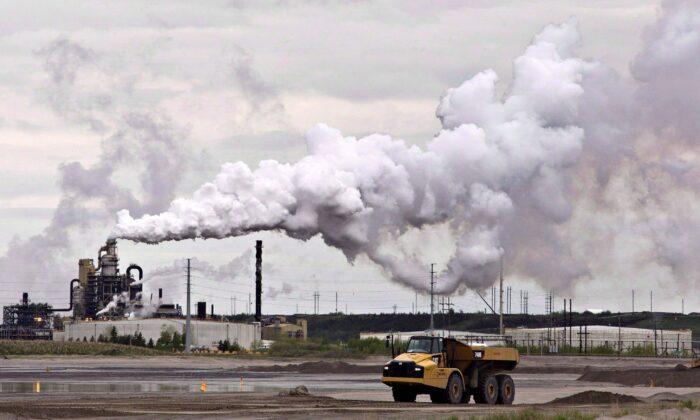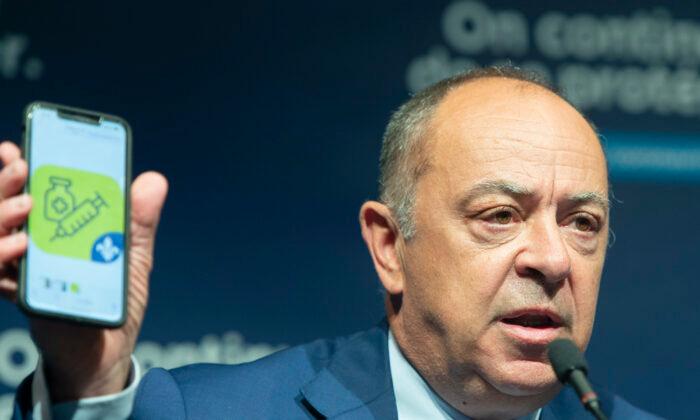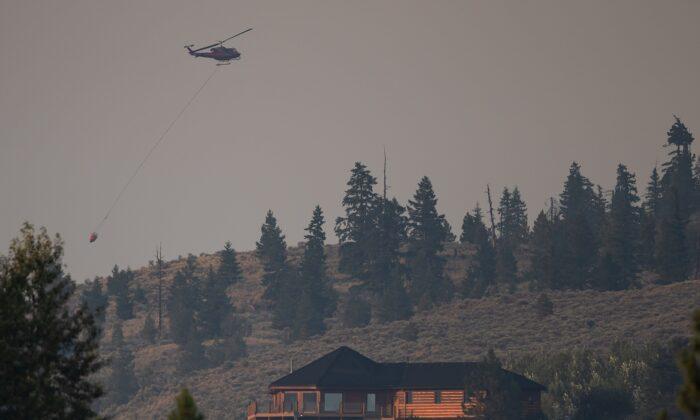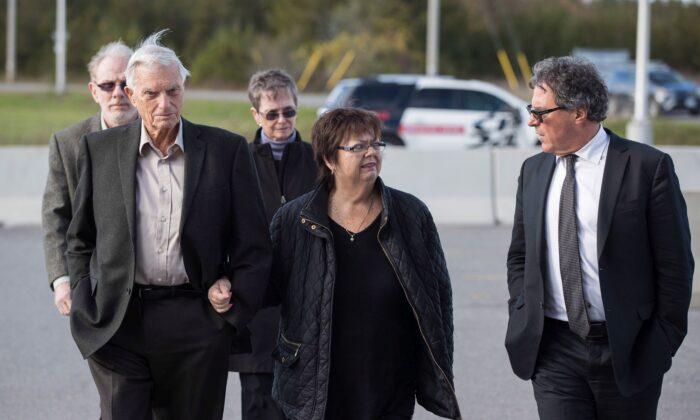As rock-bottom oil prices collided with Canada’s economic shutdown over measures to slow the COVID-19 outbreak, Alberta’s moribund oilpatch got a boost from the province’s taxpayers in what industry-watchers agree is smart policy.
On March 31, Alberta Premier Jason Kenney formalized a $1.5 billion equity stake and a $6 billion loan guarantee for the on-again-off-again Keystone XL pipeline.
When completed in 2023, this final phase four of the Keystone network will transport an additional 830,000 barrels per day from Hardisty, Alberta, to Steele City, Nebraska.
“As resource owners, the government needs the pipeline to be built so it has to get involved because there’s not that many projects in the queue right now,” said Richard Masson, an executive fellow at the University of Calgary’s School of Public Policy.
“And so [pipelines] are moving towards becoming more like public utilities, public infrastructure, although they’re not all the way there yet.”
Kenney’s buy-in comes while crude oil prices are as cheap as the post-Second World War period (inflation adjusted), spurred by a pumping war between Saudi Arabia and Russia that saw benchmark West Texas Intermediate fall to US$20/barrel and Western Canadian Select dip around US$5. The average price per barrel of crude in 2019 was about US$51.
Canadian oil’s discount against American crude and other international suppliers is partly due to quality—Alberta bitumen’s high sulphur content makes it challenging to refine—but is influenced more by in-country pipeline capacity, or lack thereof. Without additional pipeline capacity, rail costs to ship oil to tidewater or to American refineries exacerbates the discount for Albertan crude.
“Retailing is not capital intensive—it doesn’t cost $5 billion to open up a store—but this industry is very capital intensive,” said Ian Lee, professor at Carleton University’s Sprott School of Business, noting that more than $100 billion in resource investment has vacated Canada in the past three years, including Teck’s $20 billion Frontier oilsands mine.
“Then along came coronavirus and companies, especially in oil and gas—an industry with cap-ex, a slang term for capital investment—are slashing back because they’re trying to preserve cash, they’re hemorrhaging.”
Adding to the challenges for the oil industry was the Liberal government’s decision to impose a tanker ban in Canada’s northwest coast in 2016, effectively cancelling the Northern Gateway project.
As a trade-off, Ottawa green-lit the Trans Mountain expansion (TMX), a twinning of existing pipeline capacity from Edmonton to Burnaby, British Columbia, which the federal government nationalized in 2018, buying the embattled project from Kinder Morgan for $4.5 billion.
While construction on TMX is currently underway, Prime Minister Justin Trudeau has yet to deal with a raft of Indigenous groups on the pipeline’s right-of-way who want their own equity stake, while managing a handful of recalcitrant coastal First Nations who remain opposed.
“So Kenney has decided that his government will step in to help ensure that Keystone XL is finished while the economy is on its back,” said Lee of the project that U.S. President Barack Obama scrapped in 2015—a decision President Donald Trump reversed just days after his January 2017 inauguration.
“The logic is it’s going to help stimulate the economy, and more importantly, over the longer term, Kenney’s trying to reduce the discount with Alberta.”
In the meantime, Canada’s oil industry is navigating a global supply glut with few options but to dial back production that last month saw Syncrude halt maintenance at its coker upgrader and Suncor delay planned work at its Alberta facilities.
But leaving the oil in the ground means more layoffs in an already decimated sector—a situation that could have been mitigated somewhat by additional tidewater capacity, said Masson.
“If we had TMX operating, that extra 600,000 barrels per day would help. One of the things that people around the world are doing is chartering—leasing ships to store oil on ships, called floating storage,” he told The Epoch Times.
“So if we had access to tidewater we could be doing that, but we don’t, so Canada can’t really take advantage of that option.”
Masson said that with Maya, Mexico’s flagship heavy crude, in decline and economic turmoil and political upheaval wracking Venezuela, a finished Keystone XL will ultimately bolster Alberta’s energy resources sector.
“Those refineries want Canada’s heavy oil, and we’ve been trying to get it to them through Keystone XL for 10 years since we started,” he said. “So they‘ll be happy to get it when it finally comes, and that’ll be good for Canada and good for them. But the problem we face today is much bigger than that.”
As global demand for oil has plunged somewhere between 15 and 20 percent amid the Saudi-Russia production war that has bottomed out prices, Masson and Lee believe, as do most economists and policy analysts, that when the COVID-19 pandemic subsides the demand for oil and gas will normalize.
But will the Alberta and federal governments that bought into Keystone XL and TMX retain ownership after the crisis and its damage to the economy?
“If these are up and running as opposed to in-progress and oil is flowing through, then they'll be going-concern companies and will be very attractive assets,” said Lee.
“That’s exactly what [Finance Minister Bill] Morneau argued when they nationalized TMX and I do agree. So I think that [Alberta] probably will sell [Keystone], but what they’re trying to do is use the influence and prestige of the government behind it to ensure it gets built.”





